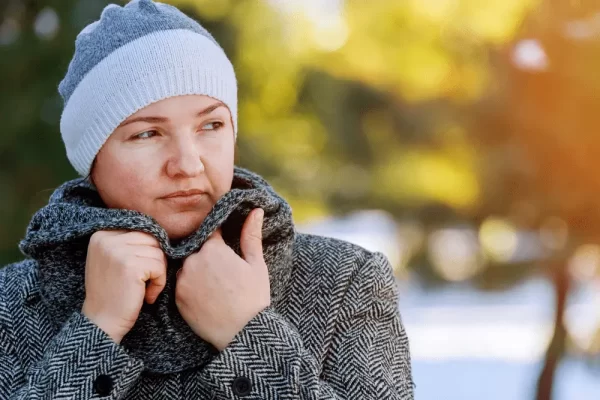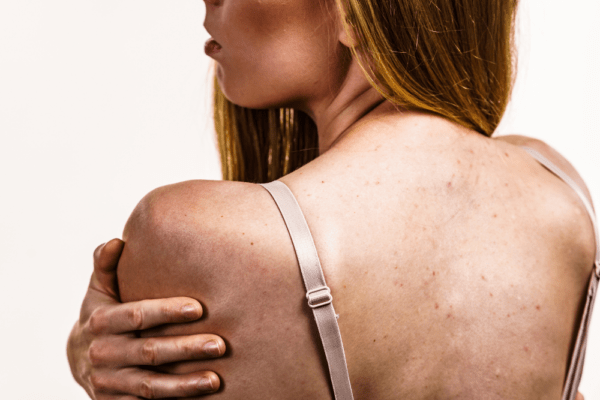Vitiligo is a condition that causes the skin to blotch in different areas due to the lack of melanin, the pigment that gives skin its colour. Patches of white skin can occur on any part of the body like the hands, arms, face including the hair, inside of the mouth and eyes. The extent of vitiligo to spread depends on case to case and is sometimes even difficult to predict. Most people with vitiligo develop the condition before the age of 40; and about half develop it early on in life, before the age of 20. Although the disease affects all skin types, it is more recognizable in people with darker skin. Vitiligo may also be influenced by genetics, with around 30% of cases displaying a family history of the condition. However, it is not infectious or contagious.
What causes vitiligo to occur?
Vitiligo (vit-ih-LIE-go) occurs when melanocytes, the pigment-producing cells destroys itself or stop producing enough melanin. With the loss of melanin, the skin involved suffers depigmentation or white blotches on the skin. Vitiligo is also often seen as an autoimmune disease. The immune system begins to attack parts of the body and destroys the melanocytes in the skin. The cause of vitiligo may be related to genetic compound/heredity or a single trigger like a sunburn or emotional stress as well.
Detection of Signs and symptoms
The main sign of vitiligo is losing pigment quickly on different areas of skin. The blotchy discoloration of skin primarily appears on areas exposed to the sun such as the hands, face, arms, and feet. Other signs and symptoms of vitiligo consist of:
- People with the condition experience premature whitening or graying of hair, eyebrows, and eyelashes.
- Loss of skin colour on the inside of the mouth and nose (mucous membrane) and/or loss or change in the colour of the retina.
- The patches may occur in bursts, making the skin lose pigmentation rapidly, stop expanding for a while, and then change their size later on.
Also, depending on the case and the extend of the condition, vitiligo has different types and the patches may occur accordingly:
- Generalized vitiligo: this is the most common type of the condition, with the discoloured patches appearing on many parts of the body.
- Segmental vitiligo: this type of vitiligo covers only one side or part of the body. Segmental vitiligo has an early onset and spreads rather fast and at a younger age.
- Localized vitiligo: the vitiligo that covers one or only a few areas of the skin is called localized (focal) vitiligo.
Treatment
Treatment for vitiligo may help to an extent but the condition doesn’t have a cure. It is a chronic disease that lasts for years or be lifelong. The choice of treatment may also depend on how widespread the condition is. The most basic and important treatment is to be cautious to protect the areas exposed to the sun the most. Using sun protective clothing and sunscreen of atleast SPF 50 or above, can help with the early signs of developing vitiligo.
Other treatments include:
Topical treatments to control inflammation. Steroid creams or ointments applied once a day to the affected area may help with the discoloration. But this approach may take upto several months to show any changes.
Ultraviolet B light treatment may help the patients with vitiligo. The ultraviolent light treatment is repeated often, usually for three times a week for upto six months.
Surgical treatment involve skin grafting to put healthy melanocytes into the skin. The goal of such surgical treatments is to even out the skin colour.
In the end, the best option is to consult your dermatologist for an examination and proper diagnosis prior to any treatment. Any type of treatment is the most helpful when started with the onset of the condition, i.e. when only a small part of the skin is affected.



